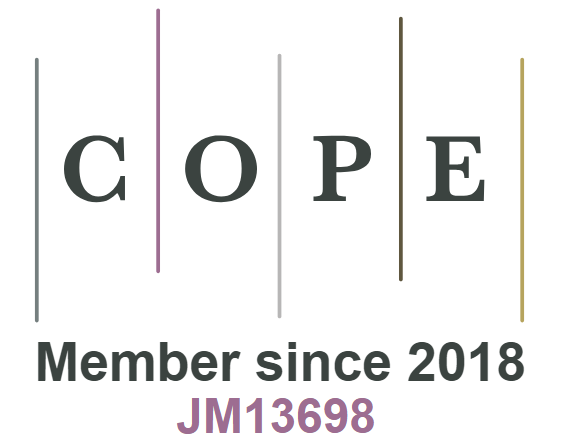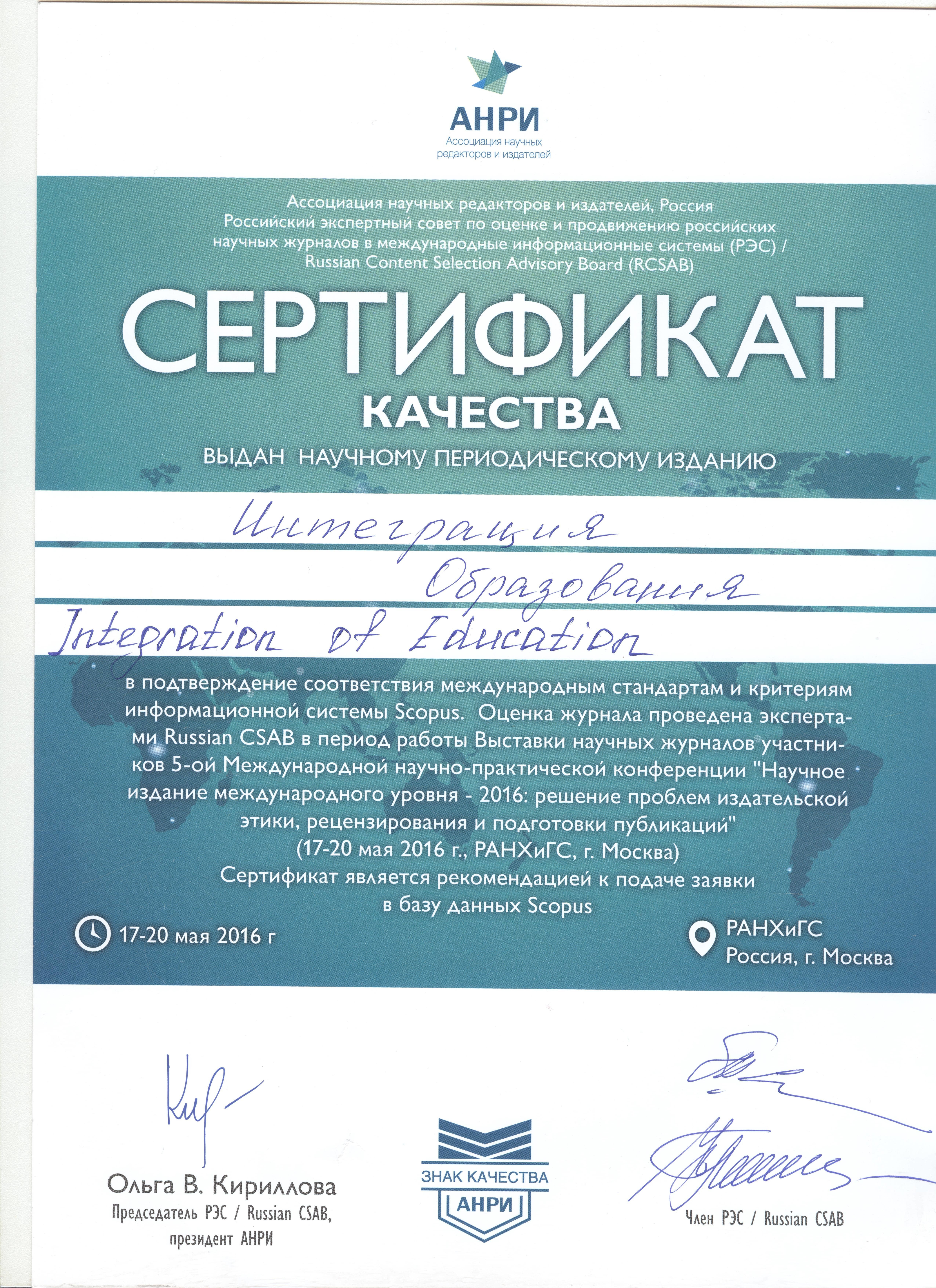UDK 371.212.72
DOI: 10.15507/1991-9468.103.025.202102.214-225
High School Failure, a Systematic Review in the Social Sciences
Silvana Hernández-Ortiz
Ph.D. Candidate in Psychology of the Faculty of Health Sciences, Catholic University of Maule (3605 Avenida San Miguel, Campus San Miguel, Talca 3480005, Chile), Ph.D., ORCID: https://orcid.org/0000-0001-8150-3416, This email address is being protected from spambots. You need JavaScript enabled to view it.
Andrea Precht
Associate Profesor of Faculty of Education, Catholic University of Maule (3605 Avenida San Miguel, Campus San Miguel, Talca 3480005, Chile), Ph.D., ORCID: https://orcid.org/0000-0002-2435-55654, Scopus ID: 57194412159, Researcher ID: H-4506-2015, This email address is being protected from spambots. You need JavaScript enabled to view it.
Jean Nikola Cudina
Researcher, Catholic University Foundation Lumen Gentium (Unicatólica) (Cra. 122 No. 12-459, Valle del Cauca, Cali 5552767, Colombia), ORCID: https://orcid.org/0000-0003-4004-7615, Scopus ID: 57191329662, This email address is being protected from spambots. You need JavaScript enabled to view it.
Introduction. This study aims to examine the issue of high school failure in social sciences through a systematic review. It aims to provide a critical assessment of research on this subject. It seeks to question the very construct of high school failure, its premises, and the possible consequences from this perspective.
Materials and Methods. The research published between 2010–2020, both in Spanish and English in the Scopus and Web of Science databases (Core collection), was considered. A total of 171 articles were identified. After initial screening, 37 papers were finally selected. Semantic maps were created with the Vosviewer. The literature was examined to determine where high school failure is being researched, what type of methodologies are most used and, finally, what impact the research has had on our understanding of this concept.
Results. It was found that most of the research on the topic is done in the field of education, and that the methodology used is predominantly quantitative. The different definitions of high school failure tended to attribute its cause to one or more of four reasons: student failure, multicausal phenomena, social exclusion, and finally, disability in the education system.
Discussion and Conclusion. It is possible to understand that high school failure is understood and defined as mostly involving studentsʼ responsibility for the academic outcome and achievement obtained. Although studies that cover such factors as a multicausal nature, social exclusion, and the education systemʼs difficulty can be found, the responsibility for failure tends to be attributed to the individual student.
Keywords: school failure, school success, student, academic performance, educational psychology
Funding: This article has been made possible by funding from the Fondecyt project No. 1181925 and by the National Agency for Research and Development (ANID) (Advanced Human Capital Formation Program, National Doctoral Scholarship (2020) – 21200590).
Acknowledgements: The authors would like to thank Dr. Muñoz & Dr. Miranda, and the anonymous reviewers for their important corrections and comments.
The authors declare no conflict of interest.
For citation: Hernández-Ortiz S., Precht A., Cudina J.N. High School Failure, a Systematic Review in the Social Sciences. Integratsiya obrazovaniya = Integration of Education. 2021; 25(2):214-225. DOI: https://doi.org/10.15507/1991-9468.103.025.202102.214-225
Сontribution of the authors:
S. Hernández-Ortiz – performed the first draft of the manuscript; conducted the research; corpus collected; data analysis and discussion.
A. Precht – provides valuable feedback; data analysis; discussion, and supervision for whole research work and manuscript.
J. N. Cudina – contributes to the methodological design and analysis of the data as a whole.
All authors have read and approved the final manuscript.
Submitted 09.02.2021; approved after reviewing 15.03.2021;
accepted for publication 25.03.2021.

This work is licensed under a Creative Commons Attribution 4.0 License.





























